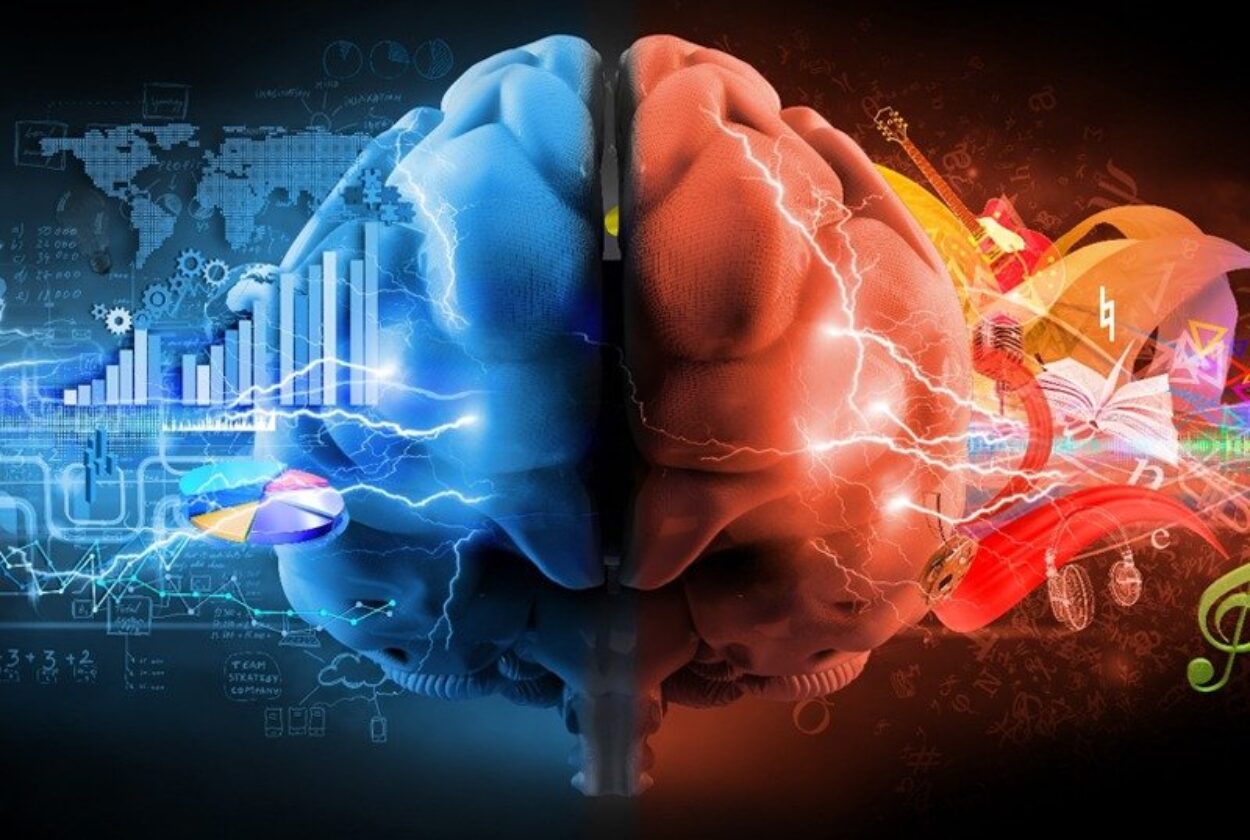
The human brain has two distinct sides; two separate hemispheres that control very different actions. The left side controls rationale and logic. It looks for information, data and statistics to analyze, helping you make clear decisions based on things that directly connect. The right side of your brain is your creative and emotional side. When you make decisions “by your gut,” it’s actually by the right brain.
As the person responsible for leading a prospect through a buying process, it’s acceptable, and even very normal, to have different personal opinions of a sales opportunity based on both data and feelings. In many CRM tools there is even a “ranking” ratio for you to include your emotional gut feelings into the probability of closing the deal.
However, it’s not just a one-side-only deal. You need to understand which side of your brain needs to be most active during each sales stage. From a lead to a close, you need to train your brain to work appropriately and together. That means your sales processes need to work differently, as well.
Start Sales with the Left Brain
Like an athlete training a specific muscle group, sales training should include brain training. Specifically, how to use the correct hemisphere for the buying stage that you are in. In the early to mid-sales stages (especially in Discovery and Proposal Development), your thinking brain is most relevant. The focus is on logistics: understanding the prospect’s organization, gathering information on both the opportunity and the decision maker, and learning more about the prospect’s needs and goals. From there, you can develop a value gap from their current condition to their target. This is most definitely a job for the left brain, as it would be foolish to use your feelings to assess the buying situation.
For example, you know your prospect has purchased from the same competitor for several years. A wrong assessment would be that you feel now is the time they will make a switch to your company. What would you base those feelings on? Why would the prospect leave the incumbent – based on what tangible information could you reach that conclusion? You need data and facts, not feelings.
Tee Up the Right Brain
In the later stages of the sales cycle, shift towards your emotional right brain. Buyers are not inspired to act on reason alone; they need to understand that the deal is right, but they also need to feel that it is right. It’s your job to create these positive emotions. To win the deal, you need to earn the all-powerful feeling of trust. Trust is so strong that it will even help you overcome some mistakes and shortcomings. Trust is a bond. Strong positive feelings are the basis of the buying relationship, and trust creates buying decisions. Otherwise, buyers would be caught in the endless analysis trap.
Successful sales people focus on executing a plan of data collection and analysis, and avoid injecting feelings early on. Instead, they wait until deeper into the sales process to evaluate and use feelings. By waiting to develop a very clear understanding and development of the opportunity before transitioning towards feelings, your sales process will remain more balanced and objective – with stronger results.
Related posts:
No related posts.

